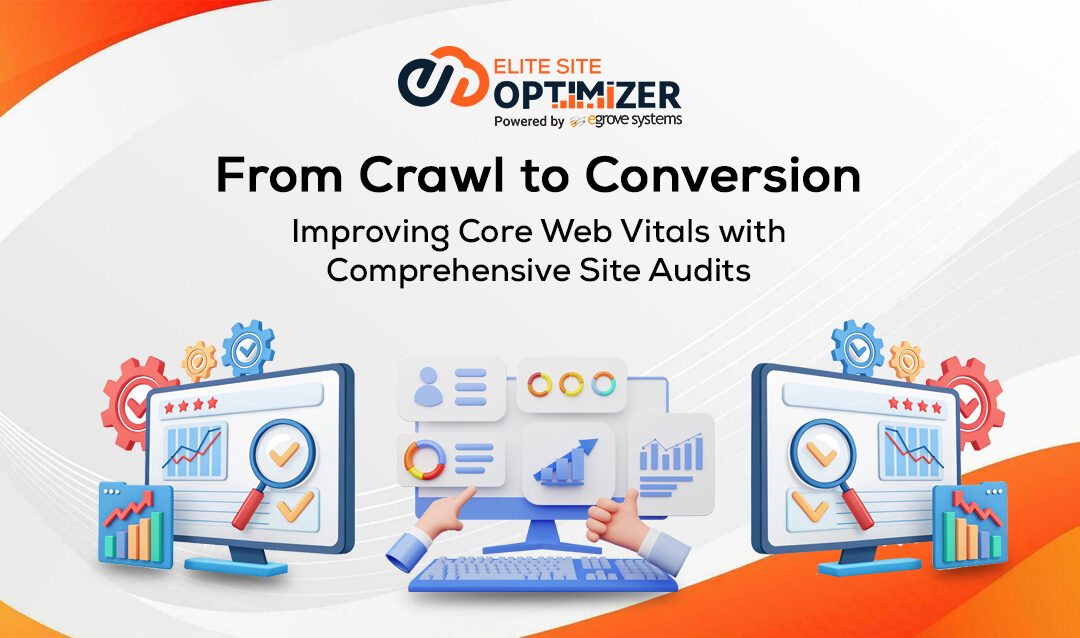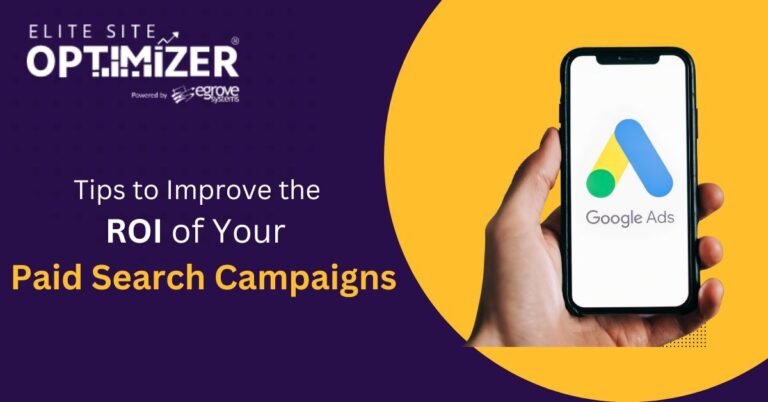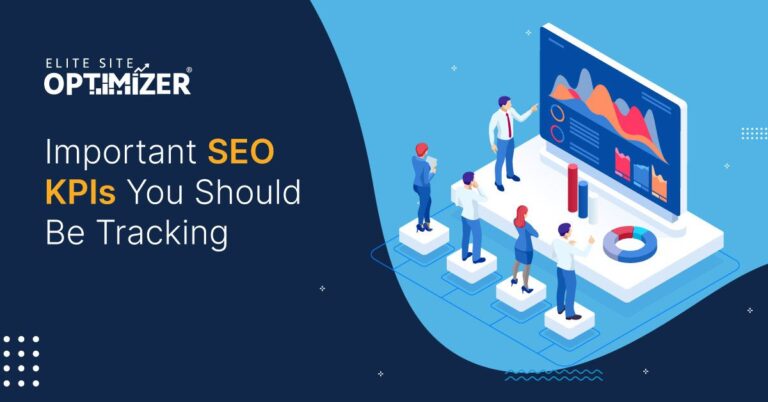You know that feeling when you go on a website that takes an eternity to load. It’s frustrating, right? For businesses, this is a quick way to lose customers. This is the exact reason why Google came up with Core Web Vitals. These focus on the speed at which a site loads, its stability, and whether it responds when a user clicks or taps. Assuming you have the correct site performance audit tools, you will be able to determine what is slowing down your site and fix core web vitals to improve the experience, and subsequently increase rankings and conversions.
How Do Core Web Vitals Impact SEO and Conversions?
Core web vitals impact SEO and conversions significantly. The following impacts emphasize the importance of satisfying customers rather than only trying to satisfy Google’s algorithm.
- Direct Ranking Factor: Google tends to use Core Web Vitals as a ranking factor in its algorithm. If you provide a bad experience to users, they may rank your competitors before they get to you.
- User Retention: Users leave slow, unstable sites. There’s proof that a user leaving a site with just a one-second page load delay can significantly reduce conversions.
- Revenue Impact: Happier people buy. When performance increases, sales, signups, and return visits also increase.
The First Steps In Website Performance Audit
To think about how to address Core Web Vitals, the first thing you need to know is your baseline. Website performance audit tools will give you that baseline. A proper audit will cover:
- Page speed
- Render-blocking resources
- Server performance
- Responsiveness of the mobile version
- User experience and behavior data
Once you have established a comprehensive understanding of your site’s health, you can prioritize fixes that will address LCP, CLS, and INP.
Performance Audit Tools for a Website
The following are a few tools that you will commonly use that make auditing easy for even the most non-technical users:
- Google Page Speed Insights
- Provides complete reporting on Core Web Vitals for mobile and desktop.
- Provides some easy-to-action things like “Optimize images”.
- Lighthouse
- Provides a full in-depth audit on several topics, including Performance, SEO, Accessibility, etc.
- Best for developers who want technical depth on issues for auditing.
- Web Page Test
- Allows you to test a URL from different geographical locations.
- Provides a detailed breakdown in visual format on what affected load time.
- GT metrix
- Combines Google Lighthouse and Web Page Test.
- Helpful for tracking and ongoing reports.
- Search Console (Core Web Vitals Report)
- Real user data in Chrome browsers.
- Suitable for spotting patterns and site-wide problems.
Fixing the Core Web Vitals: Technical Tasks
The key tools in website audit, LCP, CLS, and INP support the success and higher ranking of websites. The way they work is as follows:
- Improving LCP (Largest Contentful Paint)
- Image Optimization: Use modern image formats like WebP or AVIF. Compress with lossless compression.
- Use a Content Delivery Network: This will use a server close to the user to serve the content faster.
- Pre-load Above-the-Fold Content: Load your visible content first. Then, load the rest of your content.
- Reduce Response Times: Upgrade your Hosting and caching.
- Reduce CLS (Cumulative Layout Shift)
- Size for Media: Always remember to define the width and height for images and videos so the browser can lay out your content before it loads.
- Don’t Push Content Down: Pop-ups, ads, or banners should not push your main content down.
- Use Stable Fonts: Use font-display: swap, which will prevent text from shifting while your page loads.
- Enhance INP (Interaction to Next Paint)
- JavaScript Performance: Heavy scripts reduce responsive times. Delete anything not in use, or split up as your scripts can.
- Reduce Main-Thread Work: Too much work on the main thread can cause delays or disruptions to the user experience.
- Preload Resources: Even tiny delays in loading input elements such as buttons, menus, or forms can stall a user experience.
- Checking for Overhead: Use tools like Lighthouse to see when interactivity occurs and when delays occur.
Beyond Core Web Vitals: Additional Important Audit Checks
Core Web Vitals are an essential factor in an audit, but a complete audit ensures:
- Mobile Friendliness: More than 60% of users browse on mobile; a bad mobile UX means you lose a potential customer’s conversion opportunity.
- Security (HTTPS): Google prefers secure sites. Besides, it is much easier to build trust with users on a secure site.
- Accessibility: Making sure the site works for every user, including those with disabilities.
- Content Optimization: Good content structure and readability will create better engagement and are essential to good SEO.
From Crawl to Conversion: The Wider Picture
An audit of the site is, really, a crawl. It focuses on identifying aspects of the site that are hidden and causing poor performance. However, fixing these isn’t only about high scores on Google Page Speed. It is about providing users with a seamless experience with no frustration. This enables them to stay on the site longer, trust the brand, and ultimately convert, whether that looks like buying, subscribing, or even booking a service.
When Core Web Vitals improve:
- The pages load quickly, and the user will not leave.
- The layout remains stable, and the user will trust their experience.
- Users’ interactions are seamless, which encourages them to convert more.
In a world where every second counts, the performance rate of a website is beneficial. An optimized, high-performing website is no longer an afterthought. It is the fine line between a user bouncing away and a customer clicking buy now. Businesses that focus on these parameters stand out and succeed.
Conclusion
Core web vitals are no longer a buzzword in SEO. They are an accurate measurement of the user’s experience when navigating a site. By utilizing regular site performance audits through tools such as Page Speed Insights, Lighthouse, or GTmetrix, you can pinpoint weak areas and optimize and resolve issues with LCP, CLS, and INP. The benefits are faster load speed, stable layouts, and responsive interactions, which not only improve your search rankings but also result in satisfied users who are ready to convert.







